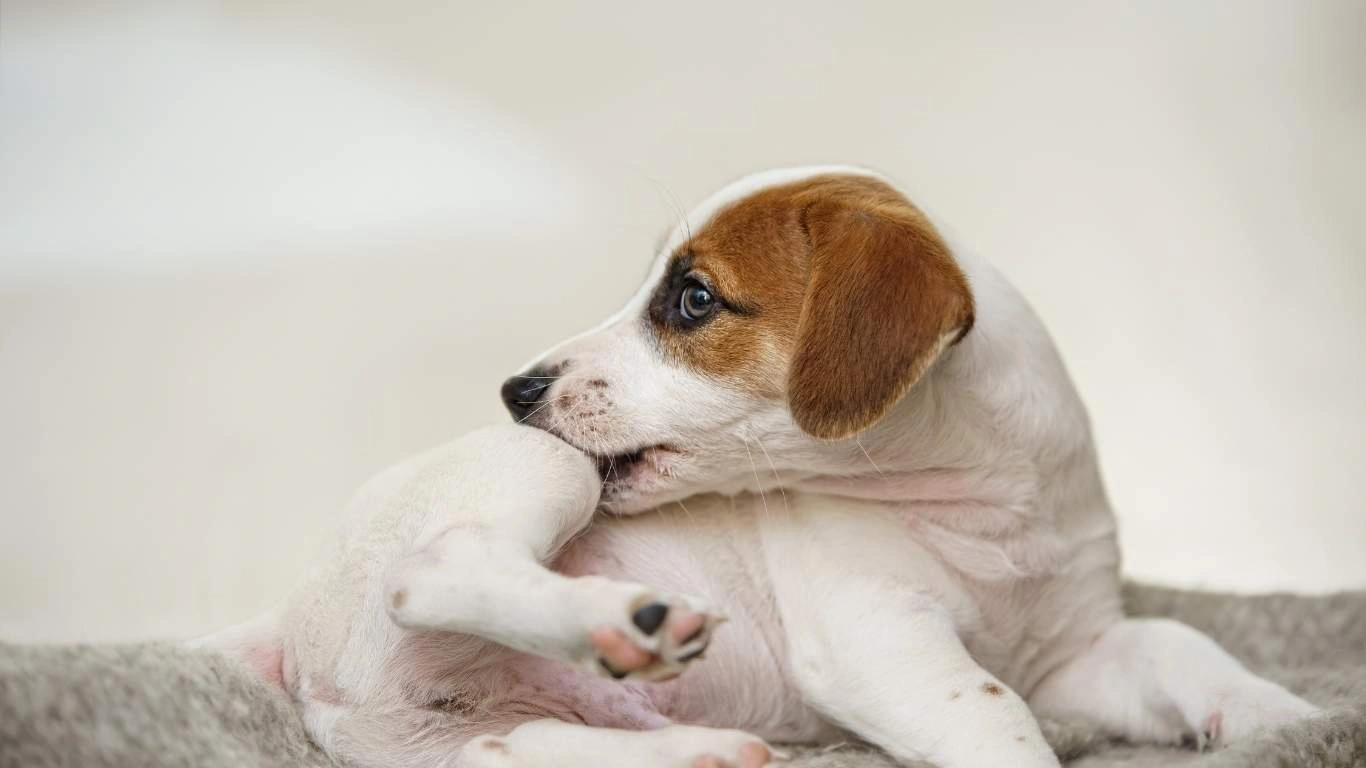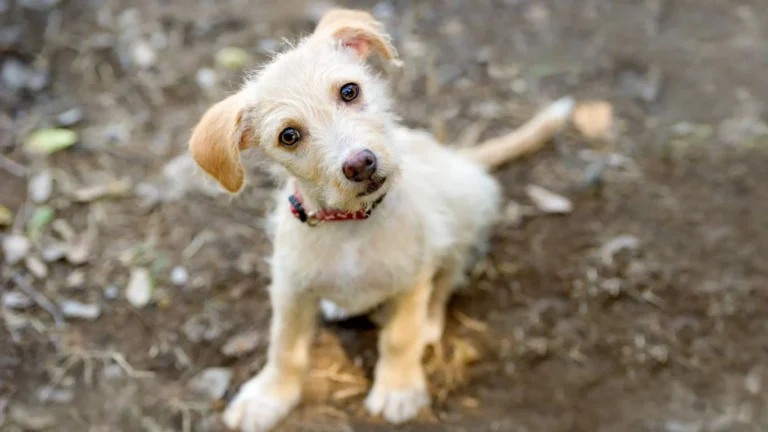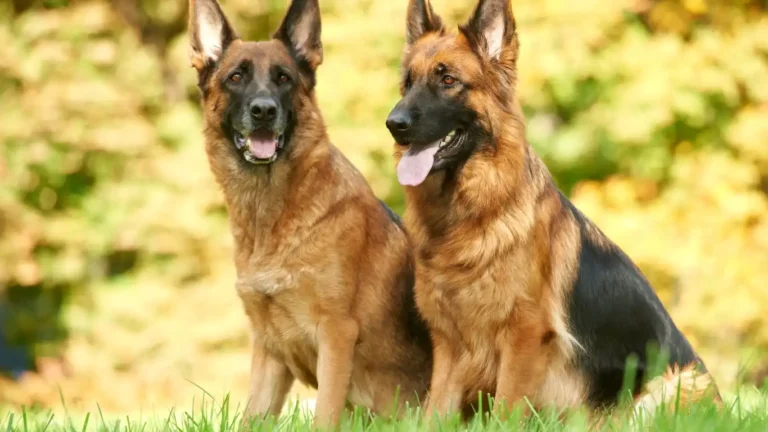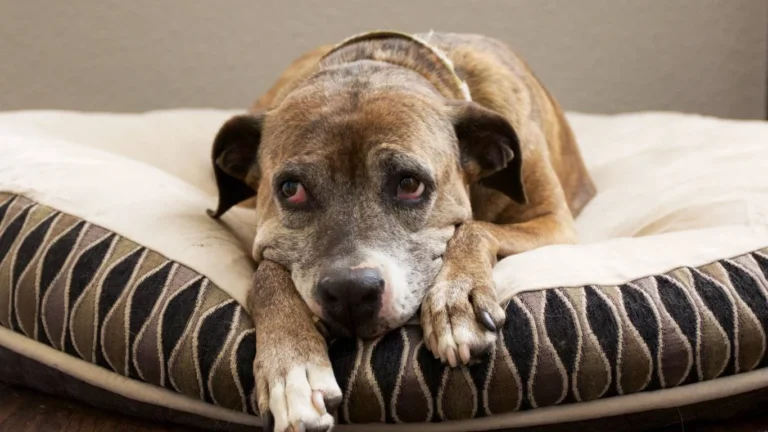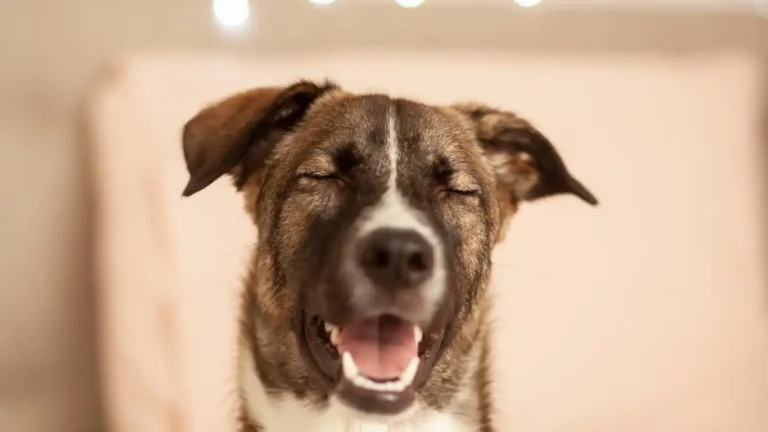How to Feed a Dog Recovering from Surgery: A Complete Guide for Pet Owners
As a pet nutritionist and care expert working in veterinary clinics, I’ve had the privilege of helping many dogs recover from surgery. It’s always a delicate time for both the pet and their owner, as we want to ensure the dog is getting the proper nutrition to heal effectively. So, if you’re wondering how to feed a dog recovering from surgery, you’re in the right place. Let’s dive into how you can best support your dog during their recovery phase and ensure they get all the nutrients they need to bounce back to their happy, playful selves.
Understanding the Importance of Proper Nutrition for Dogs After Surgery
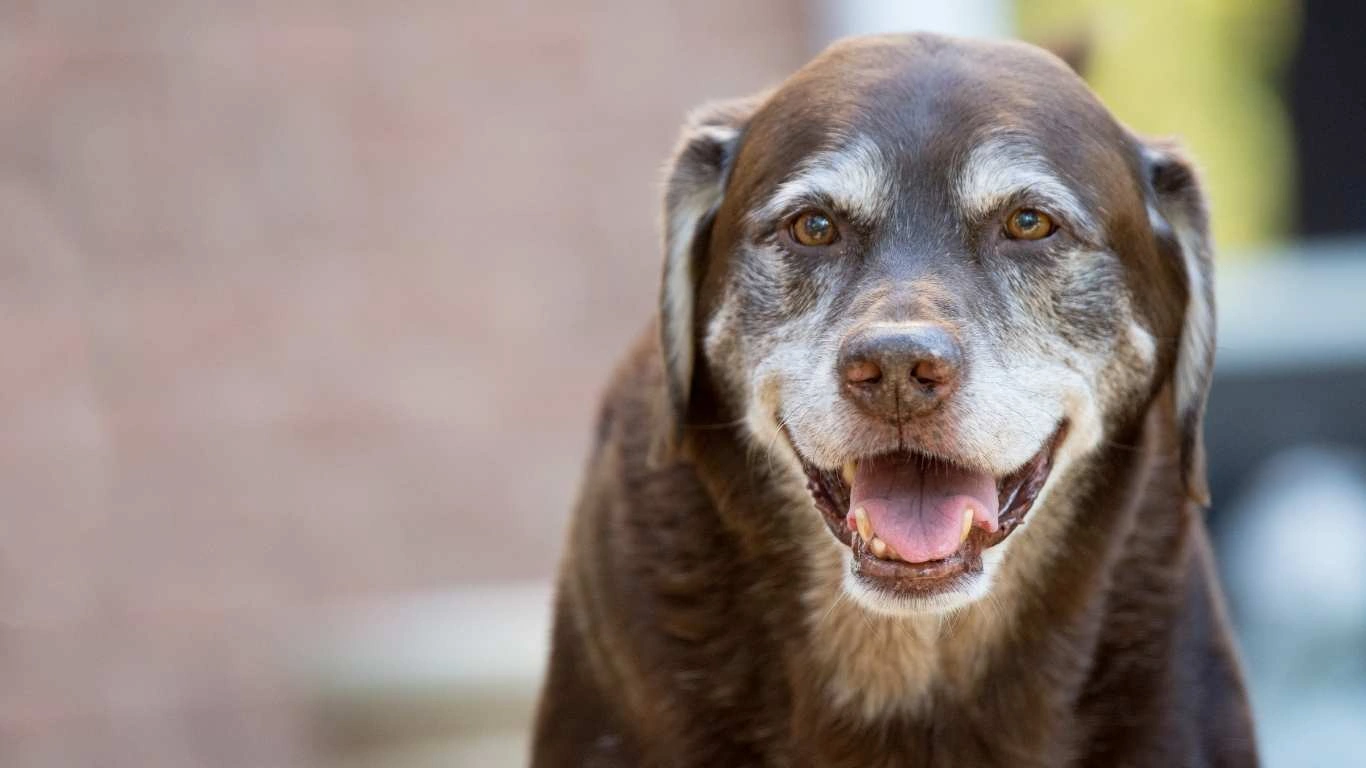
When a dog undergoes surgery, their body needs extra care and attention to heal properly. One of the most critical elements during this recovery time is nutrition. After a surgery, dogs are in a fragile state, and their energy levels may be low, so it’s essential to provide them with a diet that supports healing and strengthens their immune system.
Proper nutrition aids in the healing of tissues and helps boost their immune system, which is especially important to prevent infections and ensure that they are physically strong enough to heal. If you don’t feed your dog the right foods during their recovery period, you risk prolonging their recovery or even compromising their overall health.
Why Diet Matters More Than Ever After Surgery
During recovery, a dog’s metabolism changes. Their body is working overtime to heal, which means their caloric and nutritional needs increase. Depending on the surgery, your dog may experience weight loss or a lack of appetite, making it even more essential to ensure they get the nutrients they need in an easily digestible form. The quality of food you offer will play a huge role in how quickly and effectively your dog recovers.
- Protein – Protein is vital for tissue repair and muscle recovery. After surgery, your dog will need extra protein to heal and rebuild muscle mass.
- Healthy Fats – Omega-3 fatty acids, in particular, have anti-inflammatory properties that can help reduce swelling and pain.
- Vitamins and Minerals – These play a crucial role in boosting your dog’s immune system and supporting recovery.
How to Feed a Dog Recovering from Surgery: Practical Tips
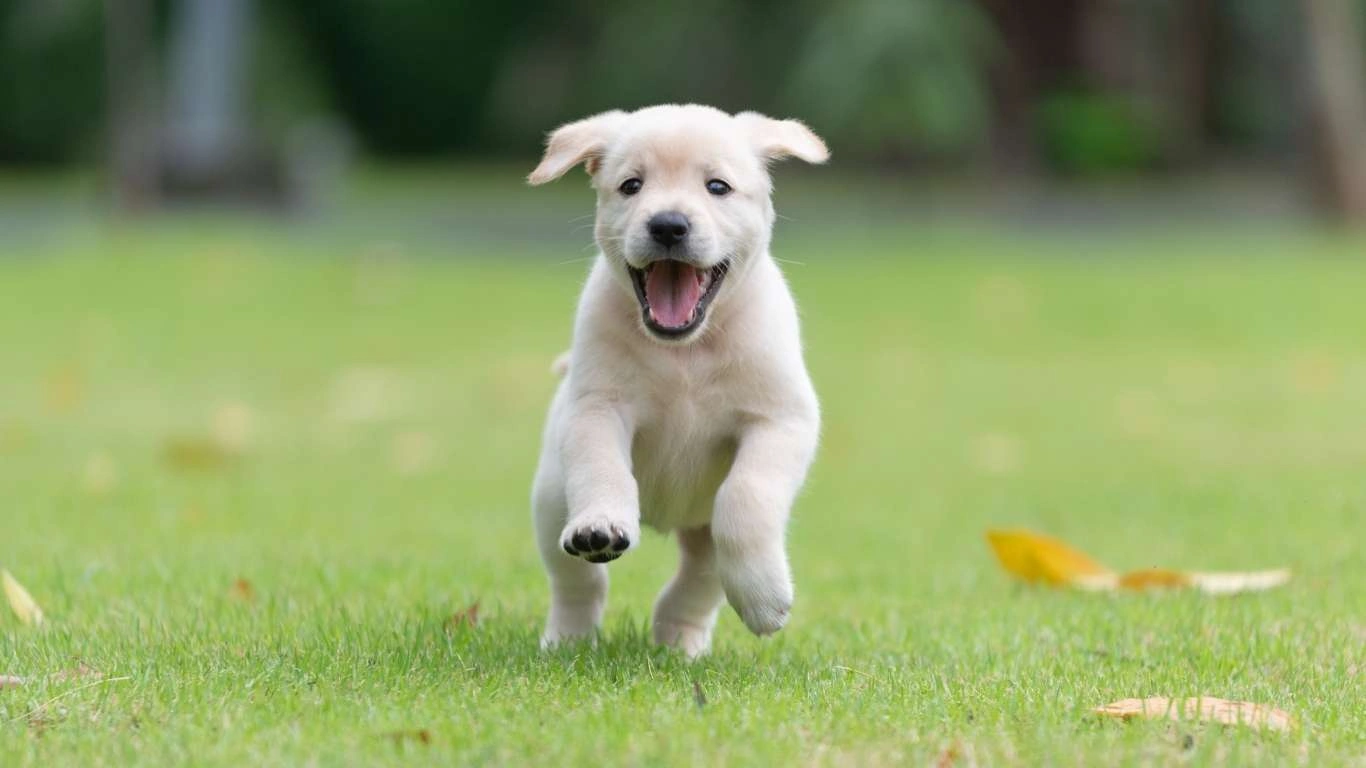
Knowing what to feed your dog after surgery can be a bit confusing, especially when they might not have much of an appetite. As a pet nutritionist, I’ve learned through experience that getting the right food into your dog’s body during recovery is key, even if it takes some creativity. Here are some practical tips to help you feed a dog recovering from surgery:
1. Focus on Easily Digestible Foods
After surgery, your dog’s digestive system may be more sensitive than usual. It’s crucial to choose foods that are easy on their stomach. You don’t want to overload their system with anything too rich or complex. I recommend opting for high-quality, easily digestible proteins such as chicken, turkey, or even some fish. These are not only gentle on your dog’s stomach but also packed with essential amino acids that help with tissue repair.
For example, cooked white rice paired with lean protein is a great option for a bland meal that won’t upset your dog’s tummy. Avoid feeding your dog foods that are too greasy or spicy, as this can lead to gastrointestinal upset.
2. Offer Smaller, More Frequent Meals
When a dog is recovering from surgery, they may not have the same appetite they had before. This is completely normal, as anesthesia and the healing process can affect a dog’s hunger levels. Instead of offering one or two large meals, try serving smaller meals throughout the day to make it easier for them to eat without overwhelming their system.
In my experience, most dogs will respond better to smaller portions given more frequently. You can try feeding your dog three to four small meals per day rather than the usual two. This helps keep their energy levels stable and ensures they are getting enough nutrition to support their recovery.
3. Use Wet Food or Broth for Appeal
If your dog is having trouble eating, try incorporating wet food or broth to encourage them to eat. Wet food has a higher moisture content, which can be easier for a dog to digest when they’re not feeling well. You can also mix in some homemade chicken or beef broth (without any harmful additives like onions or garlic) to make the food more enticing and palatable.
One of the most effective tricks I’ve used with my own clients is to warm up the food slightly. This releases the aroma and makes the food smell more appetizing, which can encourage even the pickiest eaters to dig in.
4. Stay Hydrated
Hydration is crucial for dogs recovering from surgery. A dog that’s dehydrated may struggle to heal properly, so make sure your pet has access to fresh water at all times. If your dog isn’t drinking as much as they should, try offering ice cubes or even ice chips to entice them. Some dogs prefer licking ice, and it’s a great way to keep them hydrated without forcing them to drink large amounts of water.
Remember, some dogs may need a bit of extra encouragement to drink, especially if they’re on pain medication, which can make them feel a little “off.” You can also try adding a small amount of low-sodium broth to their water to make it more appealing.
The Role of Supplements in Your Dog’s Recovery Diet

In some cases, dogs may benefit from supplements to help support the healing process. These supplements can provide additional nutrients that may be lacking in their diet during recovery. Depending on your dog’s condition and surgery type, I often recommend the following:
- Glucosamine and Chondroitin – These can support joint health, especially after surgeries involving the legs or hips.
- Probiotics – To support gut health and digestion, particularly if your dog has been on antibiotics.
- Fish Oil – Omega-3 fatty acids, especially from fish oil, can help with inflammation and pain management during recovery.
However, always consult your veterinarian before introducing any new supplements to your dog’s diet, as they will know what’s best based on your dog’s individual needs.
Adjusting the Diet Based on the Type of Surgery
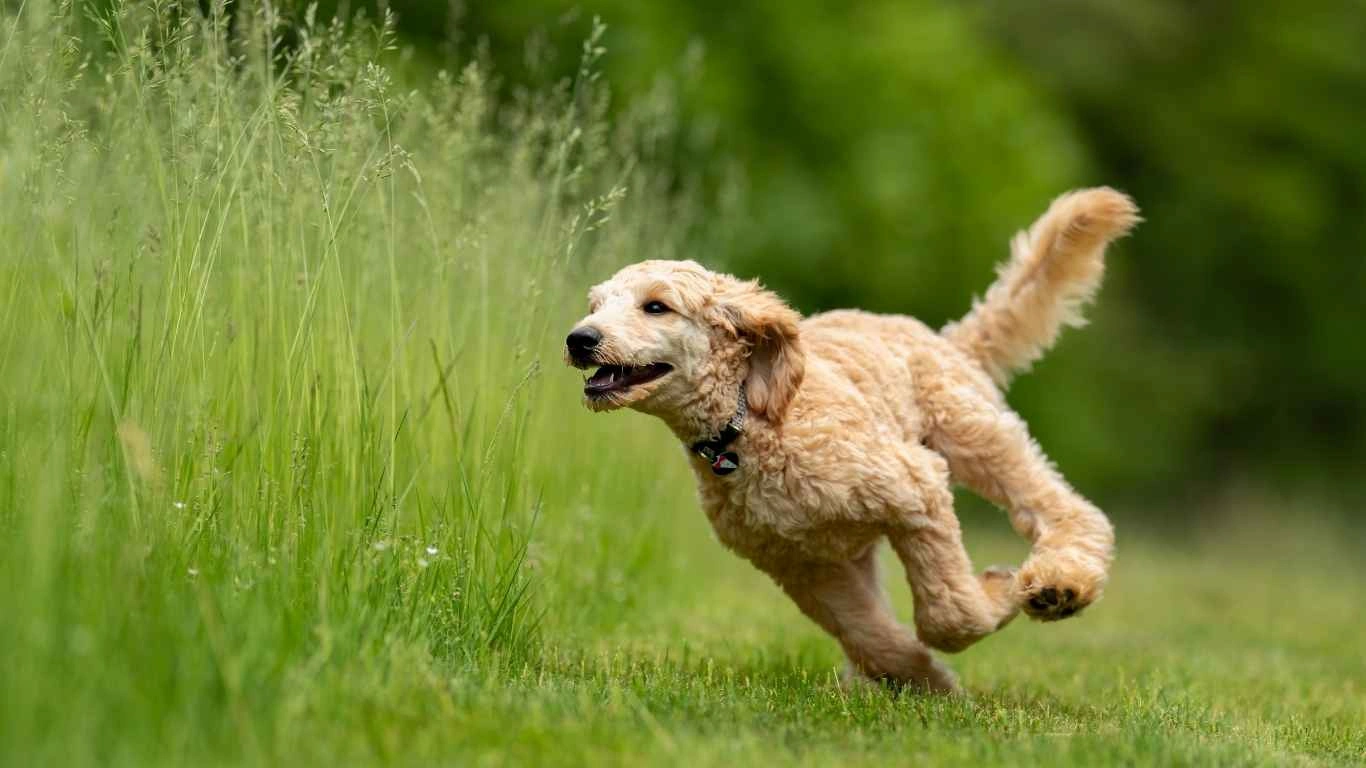
One thing I always remind pet owners of is that the dietary needs of a dog recovering from surgery can vary depending on the type of procedure they had. For example, a dog that has undergone a spaying or neutering surgery will have different needs compared to a dog that has had orthopedic surgery or abdominal surgery. Understanding how to adjust your dog’s diet based on the surgery will help you provide the best support for their recovery.
Diet for Dogs After Spaying or Neutering
Spaying or neutering are common surgeries that many dogs undergo. While these procedures are typically not as invasive as some others, they still require a period of recovery. After these surgeries, dogs tend to experience a decrease in energy and may have a slightly reduced appetite. However, it’s still crucial that they receive proper nutrition to ensure a quick recovery and to avoid gaining excess weight, which can be an issue post-surgery.
I suggest sticking to a balanced diet that is not overly high in calories. You can opt for foods that are lower in fat but still high in protein to maintain lean muscle mass. Since these surgeries don’t involve much physical trauma or long recovery periods, the focus should be on providing sufficient nutrition without overfeeding.
Diet for Dogs After Orthopedic Surgery
Orthopedic surgeries, like hip replacements or ACL repairs, require a much more specific diet. These surgeries involve the bones, joints, and muscles, so it’s important to give your dog the nutrients that will help rebuild their muscle tissue and strengthen their joints. This is where things like glucosamine and chondroitin supplements can come in handy, as they are vital for joint health.
For dogs recovering from orthopedic surgeries, the best diet consists of high-protein, moderate-fat foods to support muscle rebuilding and help maintain energy. Make sure to include a healthy dose of omega-3 fatty acids, which will aid in reducing inflammation and improve joint health.
Also, don’t forget about your dog’s weight. Because they may not be as active during their recovery, you’ll want to monitor their calorie intake closely to prevent them from gaining too much weight. This could put unnecessary strain on their joints and hinder the healing process. You might even want to switch to a weight management formula for a short time, depending on your dog’s needs.
Diet for Dogs After Abdominal or Gastrointestinal Surgery
If your dog has had abdominal surgery, like a spay, neuter, or even a more serious procedure like tumor removal or gastrointestinal surgery, their diet needs to be gentle on the digestive system. I’ve often recommended feeding dogs recovering from these surgeries foods that are easy to digest and won’t cause any discomfort.
For these cases, bland foods are your best bet. Think about boiled chicken and white rice or easily digestible commercial foods specifically made for sensitive stomachs. Once your dog starts to feel better and their appetite improves, you can start incorporating higher-quality dog food, but make sure to ease them back into their regular diet slowly to prevent any digestive upset.
Signs to Watch for While Feeding a Dog Recovering from Surgery
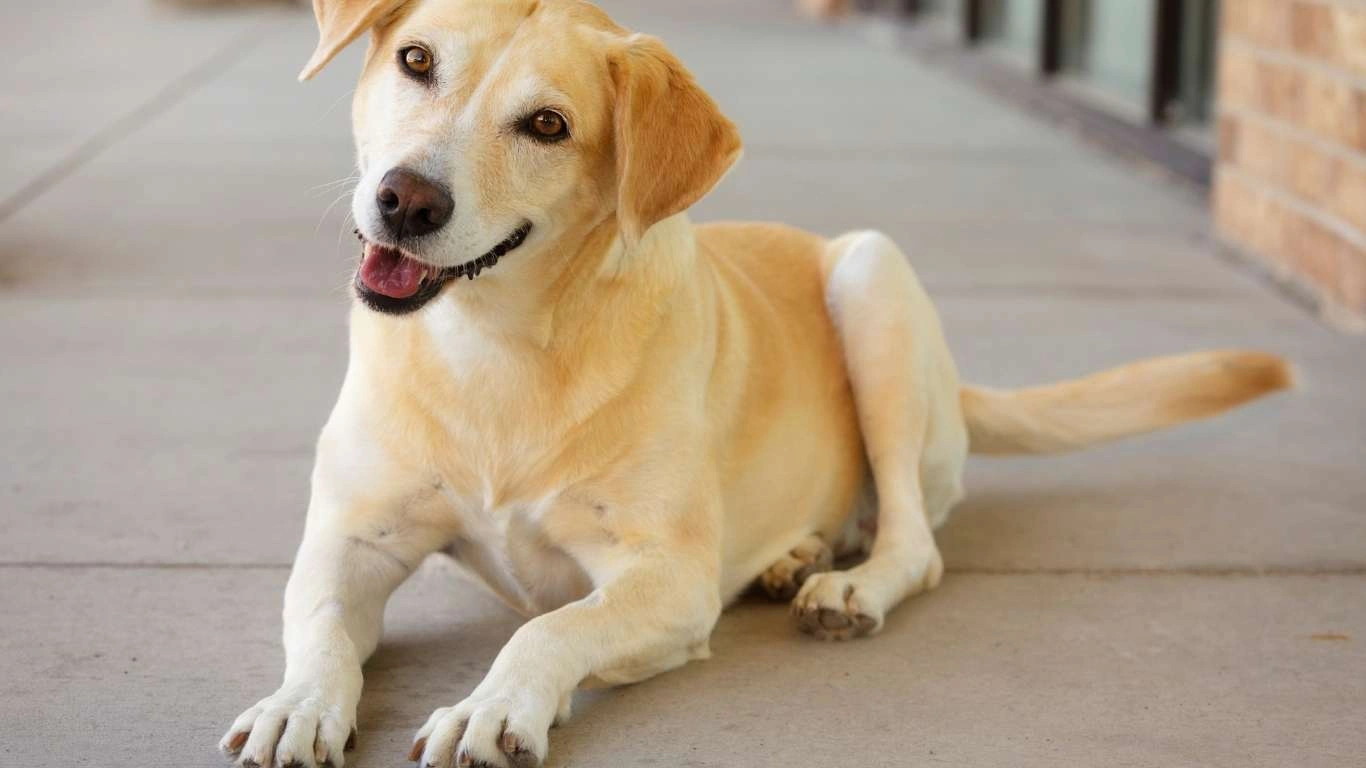
Feeding a dog recovering from surgery involves a little more attention and care than usual, and it’s important to keep an eye on how they’re reacting to their food. Dogs can’t communicate with words, but they will show you if something isn’t right. Over the years, I’ve learned that observing your dog’s eating habits can help you spot potential issues early on.
Loss of Appetite
If your dog isn’t eating much after surgery, don’t panic right away. It’s not uncommon for dogs to experience a decreased appetite after anesthesia, pain medications, or simply due to the stress of the surgery. However, if this continues for more than 24–48 hours, it’s important to contact your veterinarian to make sure there isn’t an underlying issue. In my experience, the key is to stay patient, offer smaller meals, and provide options that are more palatable, like wet food or homemade broths, to tempt them.
Gastrointestinal Issues
It’s also common for dogs to experience some gastrointestinal discomfort after surgery, especially if they’ve been on antibiotics or other medications. If you notice diarrhea, vomiting, or signs of nausea, it could be a reaction to the medications or the diet itself. In these cases, try offering bland food and keep them hydrated. You can always check with your vet about switching to a sensitive stomach formula if these issues persist.
Additionally, look out for signs of bloating or abdominal discomfort, which could indicate that your dog is having trouble digesting their food. If you notice your dog acting uncomfortable, or if they seem reluctant to eat because of pain, make sure to talk to your vet about the best course of action.
Changes in Behavior or Activity Level
When a dog is recovering from surgery, they may not be as active as usual. That’s normal and expected. But keep in mind that changes in behavior, such as extreme lethargy or acting unusually anxious around food, could be signs that something’s off with their recovery. If they’re suddenly refusing to eat even though they’re normally food-driven, or if they seem too tired to finish their meals, it could indicate an issue that needs attention.
Reintroducing Regular Food Once Recovery Progresses
As your dog’s recovery continues, you’ll need to gradually transition them back to their regular diet. Depending on how quickly they’re healing and their overall progress, you can begin mixing in regular food with the bland meals they’ve been eating during their recovery. The goal is to help their digestive system adjust back to normal food without causing any upset.
I always recommend doing this gradually, mixing the bland food with the regular food in increasing amounts over the course of a few days. This gives your dog’s stomach time to adjust and ensures that they’re still able to digest the food properly without any discomfort.
Providing Emotional Support During Your Dog’s Recovery
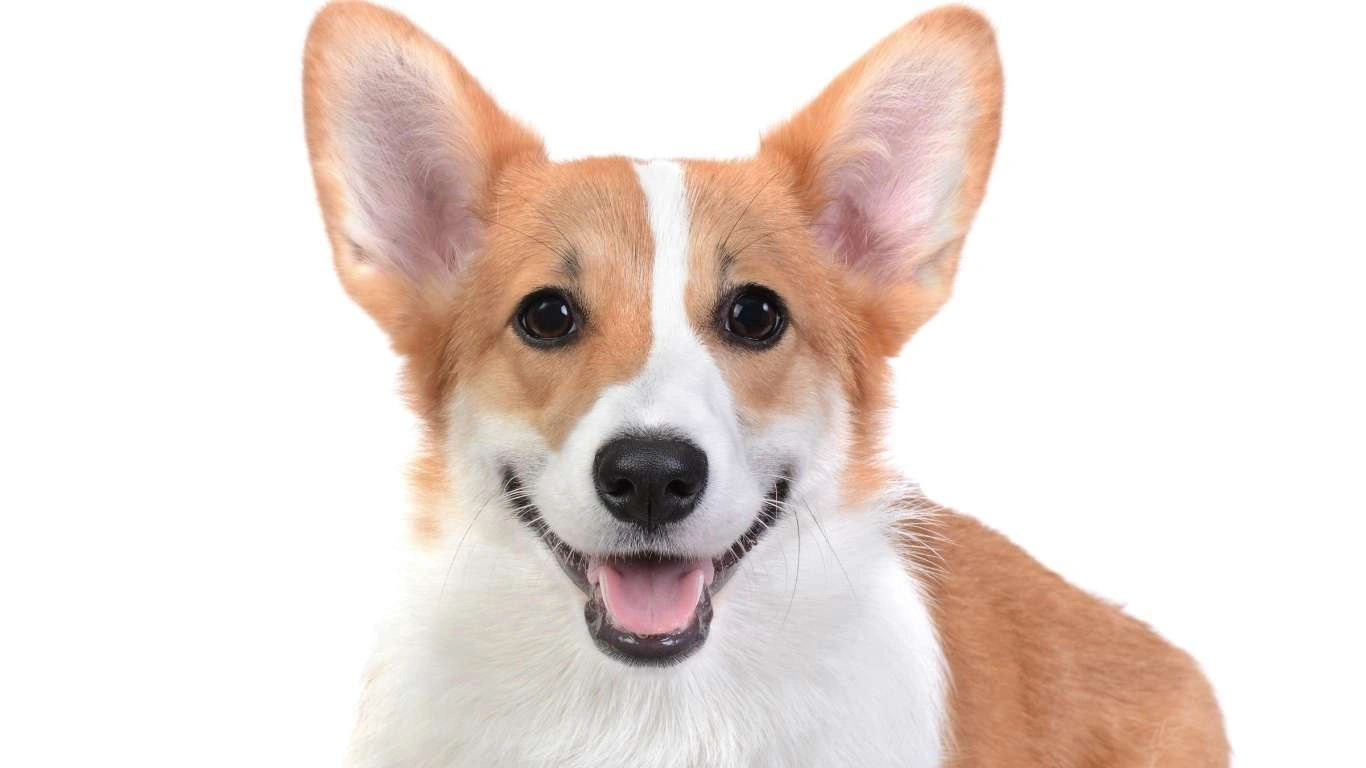
Aside from feeding your dog the right foods, another essential aspect of recovery is emotional support. Dogs are incredibly intuitive, and they can sense when something is wrong. The period after surgery can be stressful and confusing for them, and the support you provide will greatly affect how they heal. As a pet nutritionist and someone who has worked closely with many dogs during their recovery, I’ve learned that emotional well-being is just as important as physical recovery when it comes to a dog bouncing back from surgery.
One of the best things you can do is create a calm, safe environment for your dog during their recovery. It’s easy for dogs to become anxious or scared after surgery, especially with all the new sights, sounds, and smells around them. Keeping their space quiet and comfortable will go a long way in helping them feel secure and relaxed.
Maintain a Routine
Dogs thrive on routine. They find comfort in knowing when to expect food, walks, and attention. During the recovery period, try to keep their daily routine as consistent as possible. If they’re used to a specific feeding time or a walk around the block, try to stick with those patterns. This will help your dog feel more in control of their environment, which can reduce anxiety and help them heal faster.
Give Extra Attention and Care
While your dog may not be able to play or go on long walks during recovery, they will still need your affection. Spend time with them, pet them, and offer gentle reassurances that they’re not alone. I’ve seen how much a few extra minutes of quiet time with their owners can make a difference. Sometimes, all they need is a little extra TLC to help them through the tough days of recovery.
Monitor and Adjust Pain Levels
It’s also crucial to keep an eye on your dog’s pain levels during their recovery. Some discomfort after surgery is to be expected, but excessive pain or signs of distress are a red flag. If your dog seems excessively lethargic, refuses to eat or drink, or shows signs of pain (like whining or limping), it could mean that they need a different pain management approach. Always consult with your vet if you’re concerned about their pain levels, and make sure you’re following the prescribed medication schedule accurately.
Rehabilitation and Exercise During Recovery
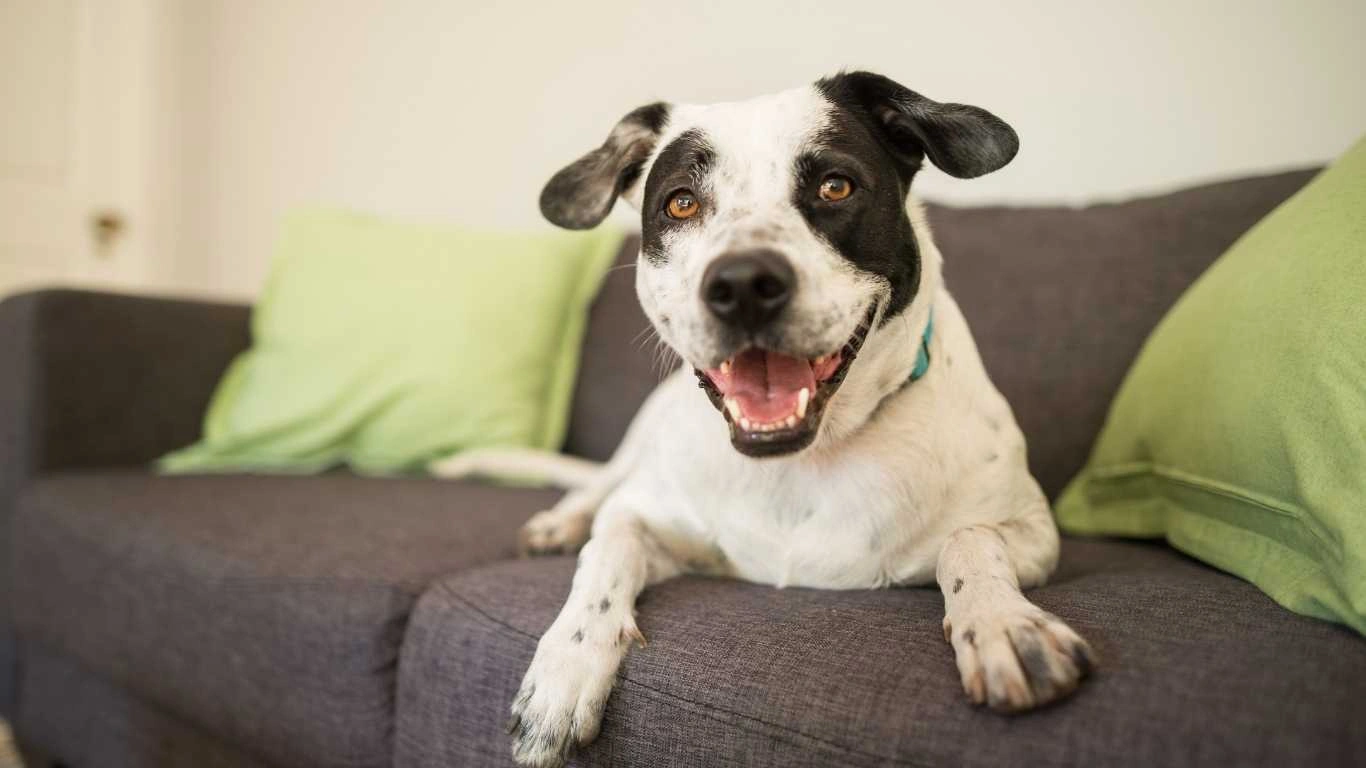
Once your dog has made significant progress in their recovery, physical rehabilitation becomes a key component in helping them regain their strength. Rehabilitation exercises can help improve mobility, strengthen muscles, and restore joint function. However, it’s important to gradually introduce exercise and tailor it to the type of surgery your dog had.
Low-Impact Activities to Start
After a few days of rest, your dog may be ready for some very light activities. Short, low-impact walks or gentle stretching can be a great way to start getting your dog moving again. But remember, don’t push them too hard—let them set the pace. For example, after an orthopedic surgery, a short stroll around the yard or the house may be all your dog is ready for at first.
In my experience, starting slow is key. Dogs recovering from surgery often have an adrenaline rush when they finally feel a little better, but it’s important not to let them overdo it. Too much activity too soon can lead to setbacks in their recovery process, so take it easy and gradually increase the intensity of exercise over time.
Incorporating Water Therapy or Hydrotherapy
If your veterinarian recommends it, water therapy can be a fantastic option for dogs recovering from surgery. Water provides natural resistance, which helps strengthen muscles and improve range of motion without putting undue stress on the joints. Hydrotherapy can be especially beneficial for dogs with orthopedic surgeries, as it allows them to get the movement they need without the impact of traditional exercises.
Water therapy should always be done under the supervision of a trained professional, so check with your vet about whether this is an option for your dog. If it’s appropriate for your pet, it can be a fun way to help them regain strength while still keeping them safe during their recovery.
When to Seek Veterinary Assistance During Recovery
Even with the best care, there may be times when your dog’s recovery doesn’t go as planned, and you’ll need to reach out to your vet for help. It’s always better to err on the side of caution if you’re unsure about any aspect of your dog’s recovery.
Signs of Infection or Complications
If your dog’s incision site appears swollen, red, or has any discharge, these could be signs of infection. Additionally, if your dog is excessively licking or chewing at the surgical site, it could indicate irritation or discomfort. Keep a close eye on the healing process, and if anything seems off, contact your veterinarian immediately.
Changes in Behavior or Appetite
As mentioned earlier, if your dog isn’t eating or drinking properly or is exhibiting unusual behavior—such as lethargy or excessive pain—it may be time to consult your vet. Appetite loss can be a normal part of recovery for a few days, but prolonged issues should not be ignored. In my experience, it’s always best to check in with the vet if you notice any significant changes in your dog’s behavior or routine, just to rule out any potential complications.
Conclusion and Final Thoughts
Recovering from surgery is no easy feat for a dog, but with the right nutrition, emotional support, and physical rehabilitation, your dog can come through it stronger and healthier than before. Always remember to stay patient with your dog and be in tune with their needs during this critical time. By following the tips and strategies shared throughout this guide, you’ll give your dog the best chance at a smooth and speedy recovery.
And as always, be sure to consult with your veterinarian for any concerns along the way. They are the best source of advice for your dog’s specific needs, and they’ll guide you through each step of the recovery process.
Disclaimer: This article is intended for informational purposes only and does not replace professional veterinary advice. Always consult your veterinarian for guidance tailored to your pet’s unique health needs and recovery plan.
For more information on dog nutrition and recovery, check out more resources at PawPatron.
